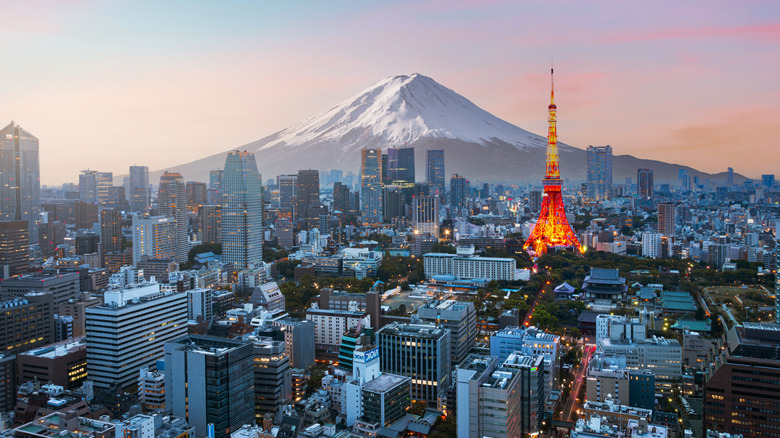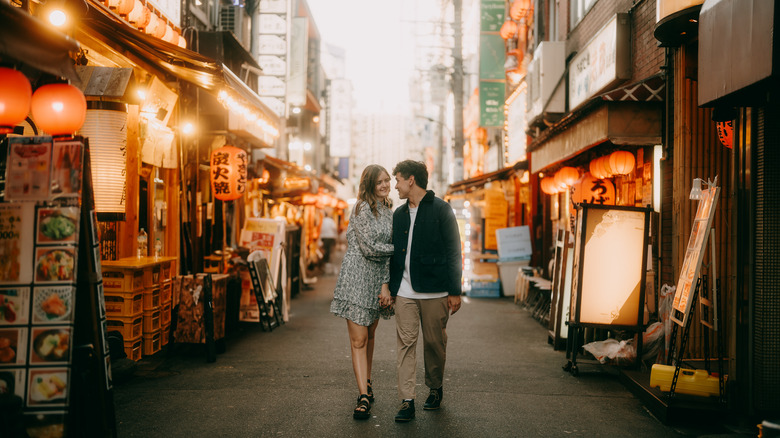Tourists Visiting Tokyo Often Make This Crucial Mistake When Planning Their Sightseeing
Japan is the trip of a lifetime for many, and we want to see and do as much as possible. So, we book a morning tour to soak up the old-world atmosphere of Asakusa, grab a trendy lunch in Shibuya, spend the afternoon shopping in Roppongi, and finish off with a trip up the Skytree for dazzling views. That itinerary is fabulous, but it encapsulates a crucial mistake tourists often make when planning their sightseeing: underestimating just how massive Tokyo is.
The Japanese capital is not just its largest city; it's one of the biggest cities in the world by population, home to around 37 million people. It sprawls across a huge area of land, which you'll soon realize if following the itinerary above, slogging from one side of the city to another and back again. Overestimating how much you can pack into one day in Tokyo is a common mistake, and one of many things tourists should never do when visiting Japan. You'll end up exhausted, defeated, and even resentful of Tokyo for its size and wealth of attractions.
How to plan sightseeing effectively in Tokyo
When tackling Tokyo, accept early on that you can't see everything in one short vacation. So, rather than blindly following guidebook recommendations, create a bucket list of must-sees. History buffs will love the city's shrines and temples, but might avoid the skyscrapers of Shinjuku. Those fascinated by Tokyo's youth culture could spend hours in Shibuya and Harajuku, but might skip the Imperial Palace. In a city full of attractions like Tokyo, there's no need to drag yourself to sights you're not actually interested in. While you're building your list, you can also read up on the tourist traps to steer clear of in Tokyo.
Next, understand that each Tokyo neighborhood functions as a mini-city. So, rather than planning an itinerary for Tokyo, plan one for each area. Then, see if you can combine one or two nearby districts into a single day by researching the best ways to get around Tokyo, and planning your days around short hops on public transport. The circular Yamanote Line connects many major sites and is a very convenient way to get around the city. Shinjuku, Shibuya, and Harajuku are close together on the line, making them a solid choice for one day. On the other side of the city, Tokyo Station, Akihabara, and Ueno are grouped closely, making them another great one-day trip. Tokyo rewards thoughtful planning. With a careful strategy and realistic expectations, you can experience the best of the city without burning out. Give yourself more time to explore, and you'll leave yearning to come back, not glad to escape.

